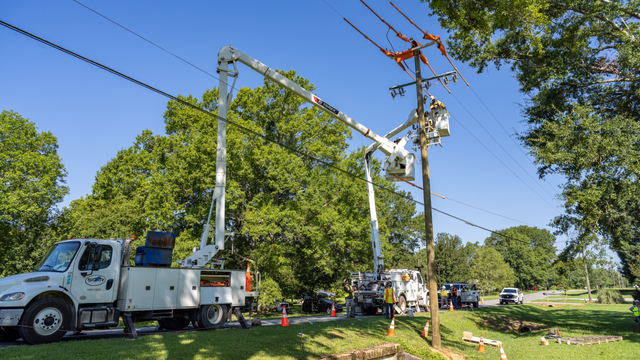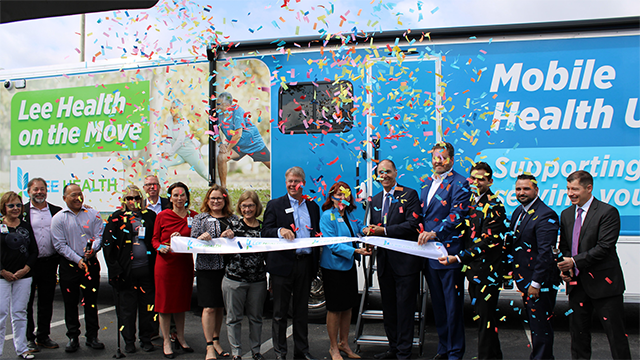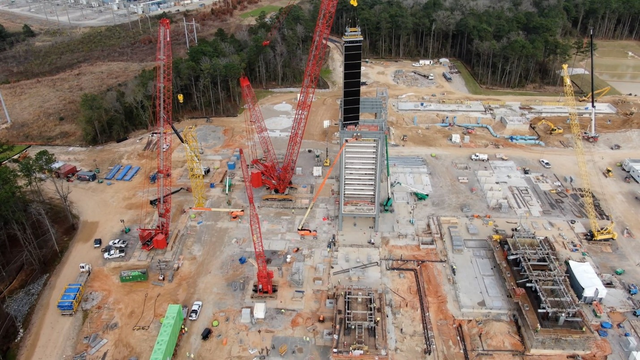By Mitesh Patel and Yatin Premchand
Southeast Asia nations are expanding renewable energy generation to ensure their power systems remain reliable, accessible and sustainable. One opportunity is to integrate renewable energy into urban energy systems.
Cities are central to decarbonization efforts. Globally, the United Nations (UN) Habitat estimates that while cities occupy less than two percent of the Earth’s surface, they consume over threequarters of the world’s energy and produce over 60 percent of greenhouse gas emissions. The UN forecasts that another 2.5 billion people will reside in urban areas by 2050. Worldometer data indicates that currently half of Southeast Asia’s population of 673 million is urban.
Key factors that cities will need to consider when deploying large-scale renewable energy include the availability of natural resources, land and project financing, and dense urban landscape.
Working with these considerations, many cities have turned to renewable energy technologies, such as rooftop and floating solar systems, to solve their challenges creatively.
Renewable Energy Integration
According to Black & Veatch’s Strategic Directions: Electric Industry Asia 2021 Report, the most significant investment growth in new capacity over the next three to five years is expected in renewable energy. Solar (land), energy storage, solar (floating), wind (offshore) and microgrids represent the top five categories.

Regional energy industry leaders cautioned that the introduction of too much variable renewable energy may threaten reliable grid operations and performance across Asian electricity markets.
To make renewable energy expansion possible, cities will need more integrated solutions across generation, transmission and distribution; as well as the expansion of gas-fired generation and energy storage, to improve grid efficiencies and stability. In the longer term, integrating hydrogen to support baseload generation will be critical.
Survey results show that gas, often seen as a bridging fuel, will serve as baseload generation to stabilize the grid alongside an expected increase in battery energy storage system deployment.
A significant part of the challenge posed by renewables lies in managing solar and wind’s variable generation. When production is too high across multiple renewable energy sources on the grid, the risk of transmission congestion means grid operators mandate a curtailment of production. This leads to a loss of energy (and revenue) at renewable energy facilities.
Integrating ancillary technologies, like energy storage systems, with renewable energy is one approach to increase efficiencies and reduce lost revenues. Battery energy storage systems (BESS) captures excess energy and enable it to be sold back to the grid when energy demands are high and supply is limited. Selling the energy when the value of electricity is at a premium could generate greater revenue for the producer.
Renewable energy generation assets can also be built or repurposed to power electrolysis to create hydrogen.
Improving Operational Efficiencies
With multiple moving parts in a regional energy transition increasing grid management complexities, investing in digital transformation will be crucial to improving operational efficiencies.
Dynamic load balancing technology, for example, will help to match power generation with consumption as the region faces supply intermittency due to increased variable renewable energy and Distributed Energy Resources (DERs) in the grid. Renewable energy installations and energy storage technologies are examples of DER. The dynamic load balancing technology will help to ensure grid resilience as load characteristics change.
Another approach that will help Southeast Asia meet its energy transition goals is Asset Performance Management (APM). One opportunity is to integrate APM software with existing building management systems (BMS) that are already embedded in operational and maintenance processes. This integration will provide asset owners with a deeper understanding of their asset portfolio’s operational efficiency.
In turn, the ability to forecast equipment failure can provide a level of certainty that reduces operational risks and improves returns.
The ability to process, analyze and forecast the different possibilities that could occur will be critical to Southeast Asia’s energy transition success. The industry will need partners familiar with every aspect of the lifecycle of generation, transmission and distribution assets. Such partners also need to be experts in integrating these assets — especially storage — to create a stable, efficiently functioning whole. The best partners will be able to marry technical expertise with the ability to navigate and influence regulations and advise on investment strategies along each point in the asset lifecycle.
This article was published with permission from the Asia Pacific Urban Energy Association. See the original article here. (June 2021, page 8-10)
Regional Highlights
Indonesia, for instance, is developing rooftop solar power systems to meet its renewable energy mix target. The country is targeting buildings and facilities of State- Owned Enterprises, industry and business, households, state electricity corporation PLN’s customers and social groups and government buildings.
Vietnam has connected over seven gigawatts (GW) of rooftop solar capacity to the national power system. More than 100,000 rooftop solar systems have been deployed over residential, commercial and industrial premises across the country.
Meanwhile, Singapore is installing a 60 megawatt-peak (MWp) floating solar photovoltaic (PV) system on Tengeh Reservoir. When the project begins full commercial operations, the amount of clean energy generated will be sufficient to power national water agency PUB’s local water treatment plants, offsetting seven percent of the agency’s annual energy needs.





